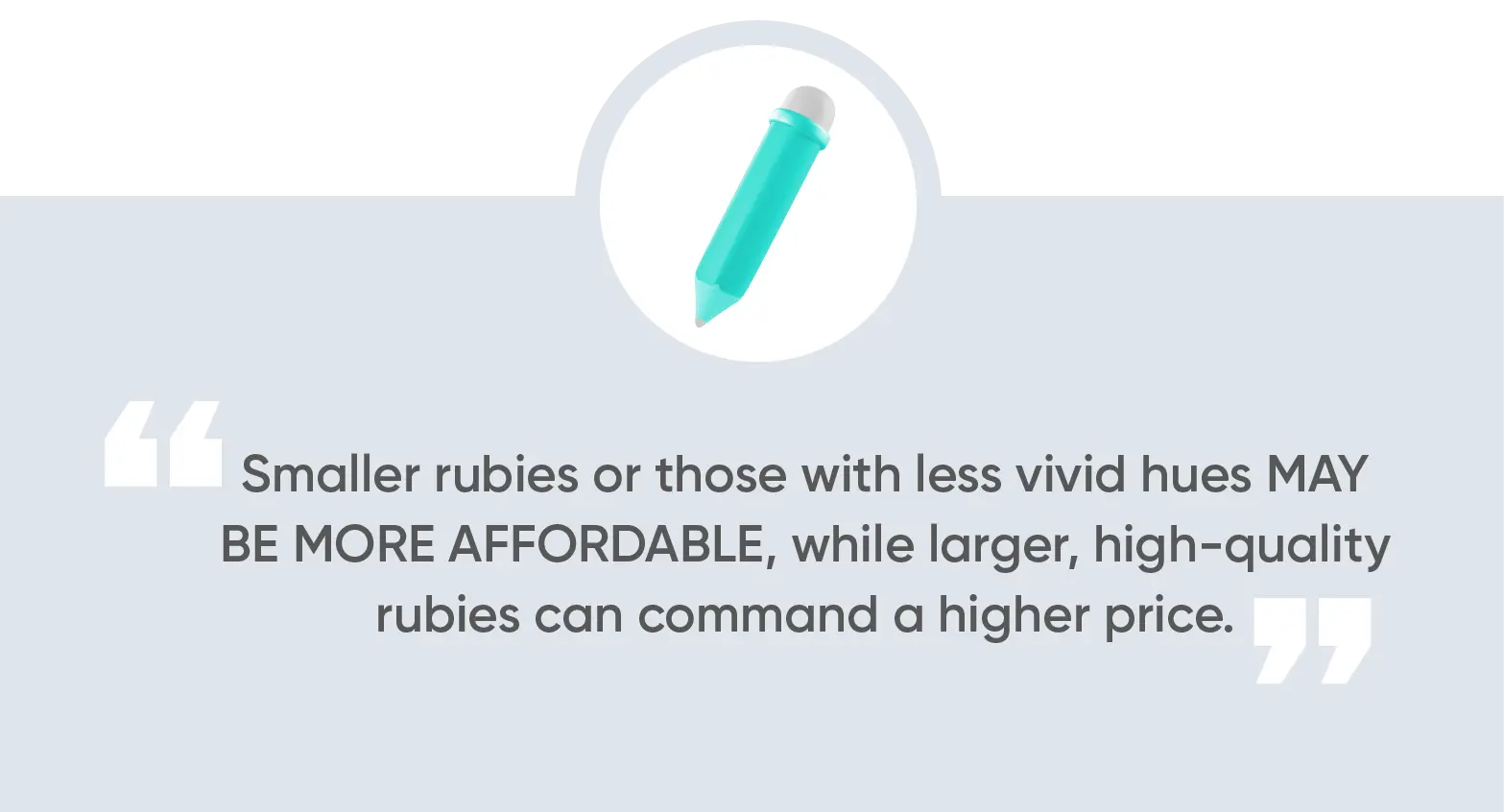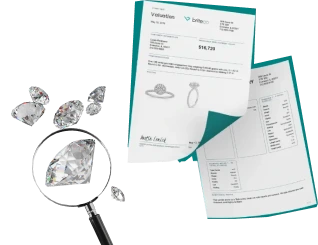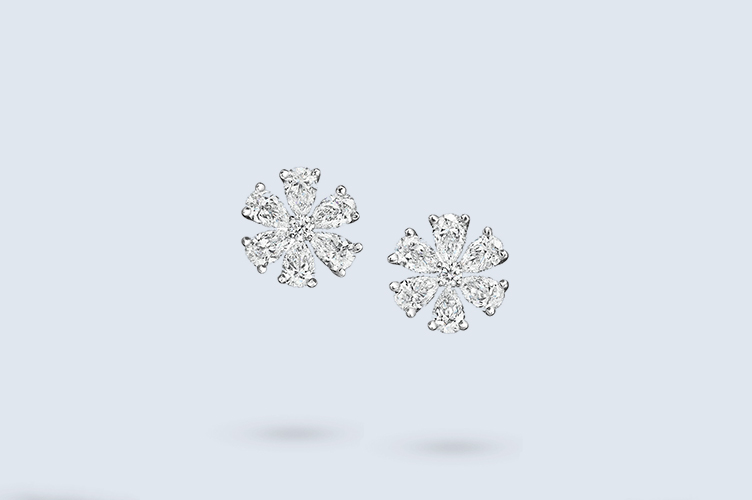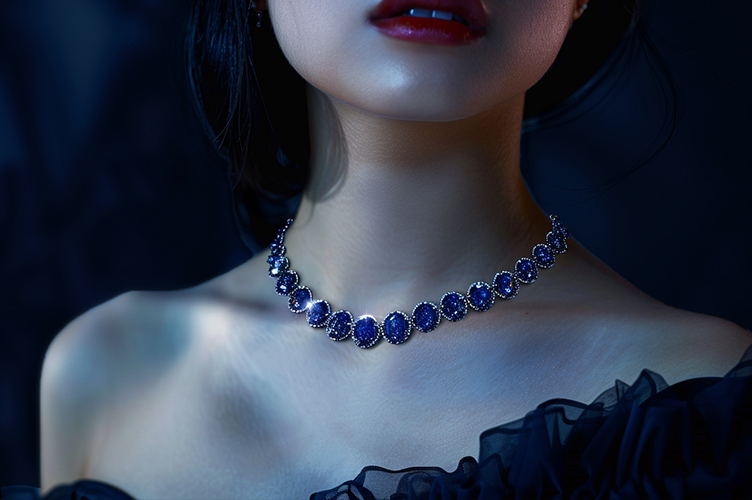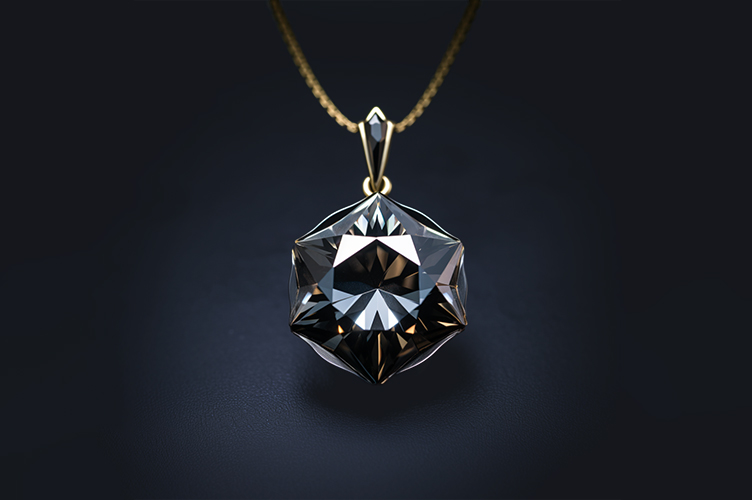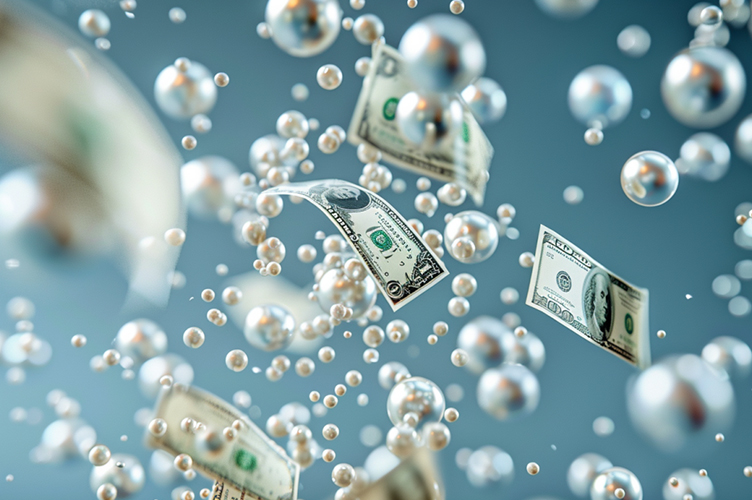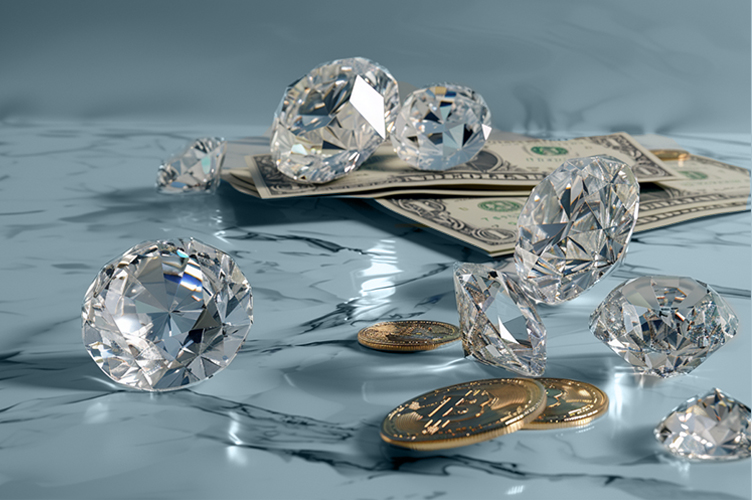Rubies have adorned the crowns of royalty and symbolized power and prosperity across diverse civilizations. Here’s everything you need to know about these striking gemstones.
What You Will Learn
What Are Rubies?
Ruby gemstones are one of the most prized precious stones in the world. They derive their captivating color from chromium found within their crystalline structures. This trace element infuses the gem with a spectrum of red shades, ranging from a delicate pink to a deep, intense crimson.
A ruby stone is most prized when it features a pure, vibrant red hue, with stones with these colors often described as “pigeon blood rubies.”
Unique Variations
- Star rubies are a fascinating subset of ruby stones that display a phenomenon called asterism. This effect creates a star-like pattern on the surface of the precious stones when viewed under a single light source. Fine needles of a mineral called rutile create this captivating optical display.
- Some rubies exhibit a remarkable ability to change color depending on the light. These gems may appear purplish-red under incandescent light and shift to a more vibrant red under natural daylight. This phenomenon is known as pleochroism.
Famous Rubies Through History
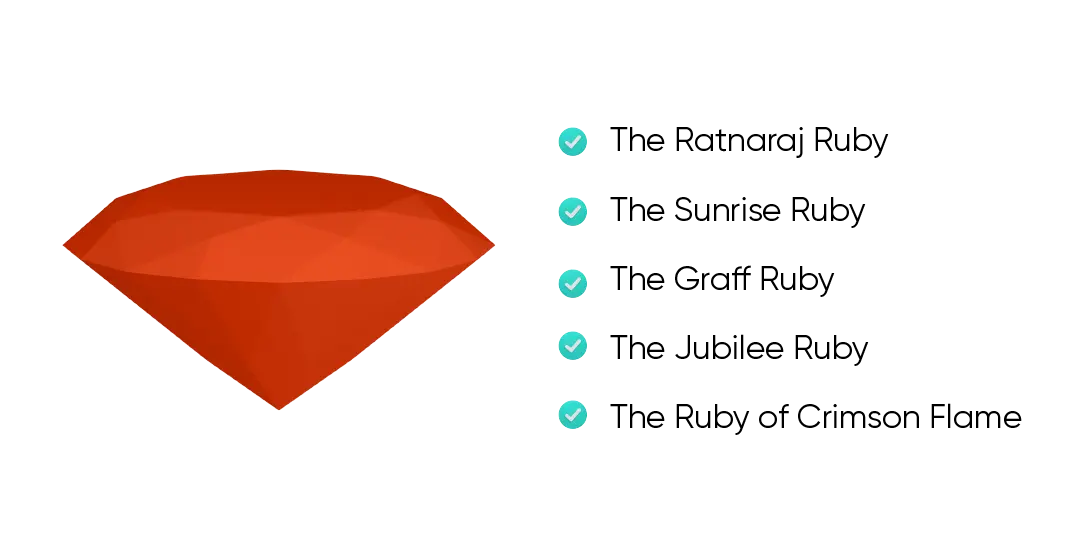
- The Ratnaraj Ruby
Discovered in Myanmar, the Ratnaraj Ruby fetched an impressive price of over $1 million per carat at auction. This 10.05-carat ruby, with its vivid red color and exceptional clarity, is one of the most expensive rubies ever sold.
- The Sunrise Ruby
In 2015, the Sunrise Ruby, a 25.59-carat Burmese ruby, captured the attention of the gem world by setting a new record for the highest price per carat ever paid for a gem quality ruby at auction at $30.4 million.
- The Graff Ruby
Sotheby’s auctioned The Graff Ruby in 2006. This Burmese ruby weighs a staggering 8.62 carats and sold for $8.6 million.
- The Jubilee Ruby
The Jubilee Ruby, a splendid 15.99-carat Burmese gem, commanded a staggering $14.2 million at a Christie’s auction in 2016. Renowned for its deep red hue and exceptional clarity, this rare ruby holds immense value.
- The Ruby of Crimson Flame
The Ruby of Crimson Flame is one of the world’s rarest and most prized gemstones, weighing 15.04 carats. This Burmese ruby hails from the Mogok Valley, the source of some of the globe’s most coveted rubies, and was initially unearthed in the late 1980s before finding its way to a private collector. In 2015, this unique ruby sold for a historic auction price of $18 million.
How Much Are Rubies Worth? Factors Influencing Ruby Price
Various factors influence ruby pricing, including the “4 Cs“, the stone’s treatment, and geographic origin.
The 4 Cs of Rubies
The 4 Cs of rubies are broken down as such:
Carat Weight: Carat weight, a universal metric for gemstones, plays a significant role in determining a ruby’s worth. Larger rubies are generally rarer, and as such, they command higher prices. However, it’s important to note that value isn’t solely determined by size; the other Cs also heavily influence the overall assessment.
- Color: Arguably the most important factor in ruby pricing, color intensity defines the gem’s visual appeal. The finest rubies boast a pure, vibrant red hue and are often referred to as “pigeon blood rubies.”
- Clarity: While natural rubies typically contain inclusions, clarity still influences their value. Certain inclusions, such as those creating asterism in star rubies, can enhance a ruby’s uniqueness and desirability.
- Cut: The cut of a ruby determines its shape, proportions, and overall craftsmanship. Different cuts, such as oval and cushion cuts, can accentuate specific features of the ruby, contributing to overall value.
Untreated Rubies vs. Treated Ruby Price Differences
Various treatments impact ruby stones’ appearance, and how much ruby worth is impacted by treatments depends on the specific treatments used.
Heat-treated rubies are exposed to controlled heat, enhancing color and clarity, making the gems more commercially appealing.
Unheated rubies, left in their natural state, without artificial enhancements, often command higher prices due to their rarity and untouched beauty. In contrast, heated rubies offer a more affordable option.
Synthetic rubies, meanwhile, are a lab-grown option, bypassing the natural formation process.
Understanding the nuances of these various ruby treatments will help you evaluate ruby prices, as the method of enhancement significantly influences the gem’s overall market worth.
Why Ruby Origin Matters
The geographic origin of a ruby significantly influences its worth. Certain regions are renowned for producing rubies with distinctive qualities like color, transparency, and fluorescence.
Notable sources include:
- Mogok, Myanmar: Burmese rubies fetch premium ruby prices. Their limited availability, exceptional color, and clarity place them at the pinnacle of the ruby market.
- Mozambique: Emerging as a prominent source of African rubies, Mozambique produces rubies boasting intense color and transparency.
- Thailand: Thai rubies occupy a unique niche in the market. While they may not always command the same prices as Burmese rubies, their historical significance and distinctive color make them a valued choice among discerning buyers.
What is a Ruby Worth?
On average, rubies can range in price from a few thousand dollars per carat to well over a million dollars per carat, with some gem quality rubies fetching prices beyond imagination.
How Much Are Rubies Worth Per Carat?
To offer a more specific estimate, let’s consider the price of a 1-carat ruby with good color intensity and clarity. Such a ruby can be valued anywhere from $5,000 to $100,000 or more. It’s important to note that this is a ballpark figure, and 1 carat ruby price is subject to considerable variation.
Rubies worth is evaluated on a case-by-case basis. However, as the supply of fine quality rubies dwindles and the demand for these gems continues to rise, the market value consistently climbs, often reaching unprecedented levels.
FAQs
How much is a ruby worth?
Value depends on factors such as size, color, clarity, and treatment. Smaller rubies or those with less vivid hues may be more affordable, while larger, high-quality rubies can command a higher price.
How much does a ruby cost?
Ruby prices vary based on multiple factors, such as quality, origin, and treatments. Smaller rubies or those of lower quality may come with a more affordable price, while larger, gem quality rubies can be more expensive.
How much is a 1 carat ruby worth?
Generally, a 1-carat ruby with vibrant color and high clarity will fetch a high market value of $5,000 and beyond.
What is the difference between pink sapphires and rubies?
Pink sapphires and rubies belong to the same mineral family, corundum, and are distinguished primarily by their color. While both gems can exhibit varying shades of pink, a natural ruby is recognized for its intense red hue. In contrast, a pink sapphire encompasses a broader spectrum of pink tones and overall saturation.
Protect Your Investment
At BriteCo, we offer comprehensive and cost-effective jewelry insurance coverage. Our policies protect against loss, theft, and damage worldwide, ensuring your ruby jewelry and other precious stones are safeguarded with confidence.
To learn more, contact us directly or use our convenient online tool to obtain a personalized insurance quote.
Also Check:



